Hiking Lembert Dome: A Window into Yosemite’s High Sierra
If Yosemite Valley is the park’s beating heart, then Tuolumne Meadows is its soul—a vast alpine expanse where granite domes rise like frozen waves and wildflowers paint the meadows in summer hues. Among these domes, Lembert Dome stands as a sentinel, offering one of the most accessible and rewarding hikes in the High Sierra. Climbing it is not just a physical journey; it’s an immersion into a landscape shaped by glaciers, wind, and time.
The High Sierra Setting
Tuolumne Meadows sits at nearly 8,600 feet above sea level, a world apart from the bustle of Yosemite Valley. Here, the air is crisp, the light sharp, and the horizon punctuated by jagged peaks like Cathedral, Unicorn, and the Kuna Crest. The meadows themselves are a glacial gift—broad, grassy basins threaded by the sinuous Tuolumne River, which sparkles under an endless sky.
This is the High Sierra at its purest: granite domes, lodgepole pines, and alpine lakes scattered like mirrors. Summer brings carpets of lupine and shooting stars; autumn cloaks the meadows in gold. Wildlife thrives—marmots bask on sun-warmed rocks, Clark’s nutcrackers chatter in the trees, and mule deer graze in the twilight. It’s a place where silence feels vast, broken only by wind and water.
Why Lembert Dome?
Lembert Dome rises on the eastern edge of Tuolumne Meadows, a graceful swell of granite that tops out at 9,450 feet. Its rounded summit offers a panoramic view that rivals any in Yosemite: the meadows unfurling below, the river glinting like a silver thread, and the Sierra crest serrating the horizon. Unlike the technical climbs on Cathedral Peak or Matthes Crest, Lembert Dome is a hike—steep in places, but manageable for most fit visitors.
The Trail: Short, Steep, and Stunning
The hike begins near the Lembert Dome parking area along Tioga Road. The trail is about 1.7 miles round trip, with roughly 900 feet of elevation gain. Don’t let the distance fool you—the climb packs a punch, especially at altitude. The path starts gently through lodgepole pine and granite slabs, then steepens as it winds up the dome’s shoulder.
Soon, the trees thin and the world opens. The final approach is a scramble across bare granite, where friction becomes your friend. In dry conditions, the rock grips well; in rain, it’s treacherous. Take your time, follow cairns, and savor the unfolding views. When you crest the summit, the payoff is instant: a 360-degree panorama of Tuolumne Meadows, Mount Dana, Cathedral Range, and the shimmering chain of alpine lakes.
Geology in Motion
Standing on Lembert Dome is like standing on history. These domes are the work of glaciers that scoured Yosemite during the last Ice Age, carving valleys and polishing granite into smooth, rounded forms. Over millennia, freeze-thaw cycles and exfoliation peeled away layers, leaving the clean curves we see today. The dome’s surface bears striations and erratics—silent signatures of ice long vanished.
Tips for the Climb
- Start Early: Morning light gilds the meadows, and afternoon thunderstorms are common in summer.
- Bring Layers: Even in July, the High Sierra can flip from sun to chill in minutes.
- Hydrate: Altitude sneaks up on you; carry plenty of water.
- Footwear: Grippy shoes are essential for the granite scramble.
- Leave No Trace: Stay on durable surfaces and respect the fragile alpine flora.
Beyond the Dome: Exploring Tuolumne Meadows
After your descent, linger in the meadows. Stroll along the Tuolumne River, picnic by Parsons Memorial Lodge, or wander the John Muir Trail toward Lyell Canyon. For a longer adventure, consider Dog Lake, a sparkling tarn tucked in the forest, or Gaylor Lakes, perched above Tioga Pass with knockout views of the Sierra crest.
Tuolumne is also a gateway to Yosemite’s wilderness. From here, trails radiate toward Cathedral Lakes, Glen Aulin, and the Grand Canyon of the Tuolumne. Each offers its own blend of granite, water, and sky—a reminder that Yosemite is more than its famous valley.
The High Sierra’s Spell
What makes the High Sierra so compelling? Partly its purity: the air, the light, the uncluttered lines of granite and sky. Partly its contrasts: meadows soft as velvet framed by peaks sharp as knives. And partly its solitude. Even in midsummer, Tuolumne feels spacious, a place where you can hear your own heartbeat and the whisper of wind through pine.
Lembert Dome distills that magic. In less than two miles, you rise from meadow to mountaintop, from river song to eagle’s view. You touch the bones of the earth and feel the immensity of time. And when you descend, legs humming and lungs full of alpine air, you carry something intangible—a sense of scale, of stillness, of belonging to a world larger than yourself.
Practical Details
- Season: Late June to early October (Tioga Road closes in winter).
- Access: Tioga Road, about 60 miles from Yosemite Valley.
- Parking: Limited; arrive early.
- Facilities: Restrooms at the trailhead; no water—fill up in Tuolumne Meadows.
- Permits: None for day hikes; wilderness permits required for overnight trips.
Final Thoughts
Hiking Lembert Dome is not just a tick on a list—it’s a conversation with Yosemite’s quieter side. It’s the scent of sun-warmed pine, the crunch of granite underfoot, the sweep of meadows that seem to float between earth and sky. It’s the High Sierra in a single, unforgettable frame. So lace up, breathe deep, and climb. The view from the top is not just scenery—it’s perspective.
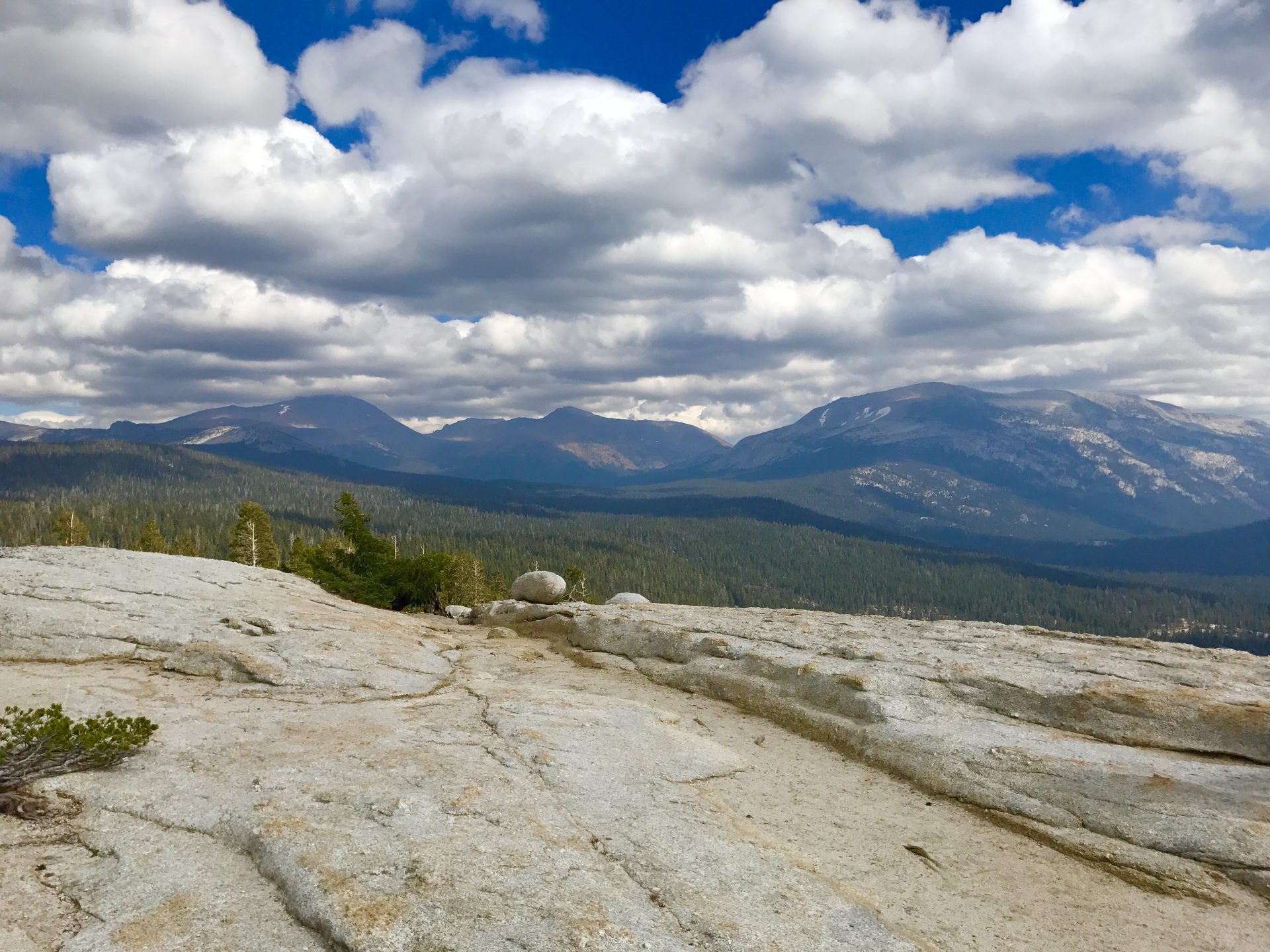


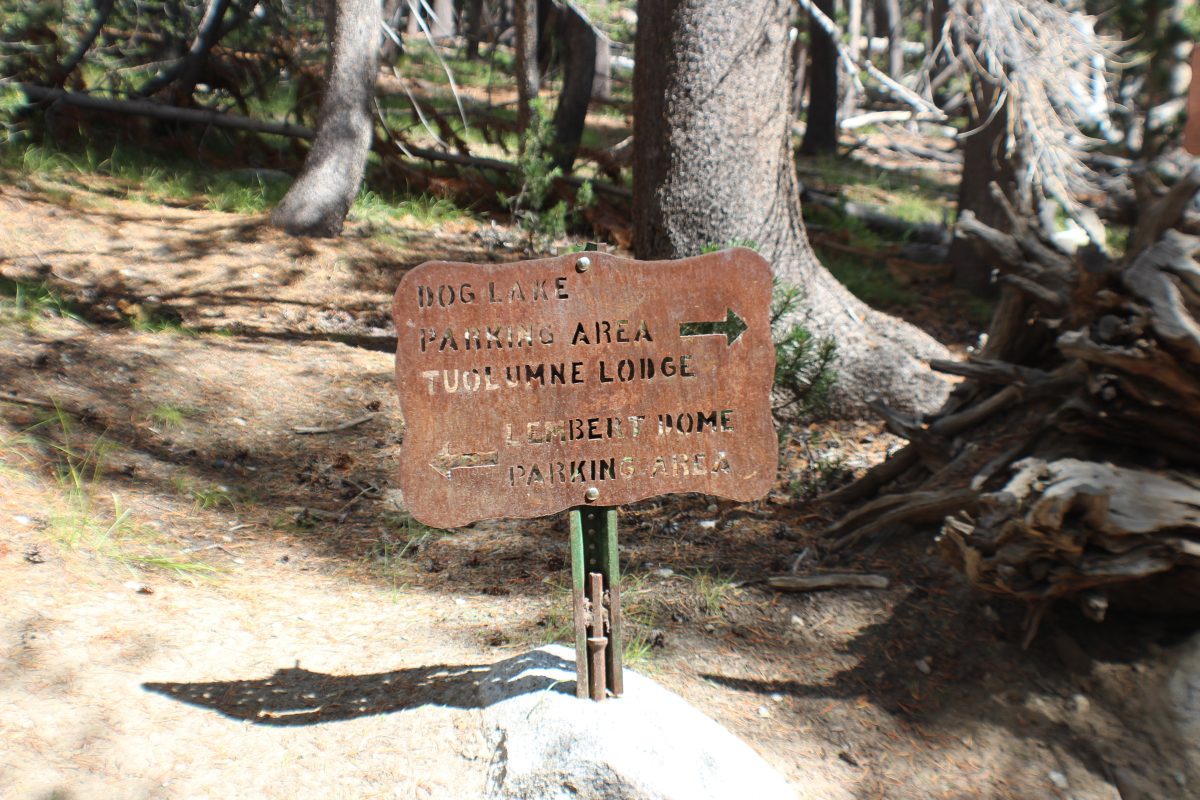


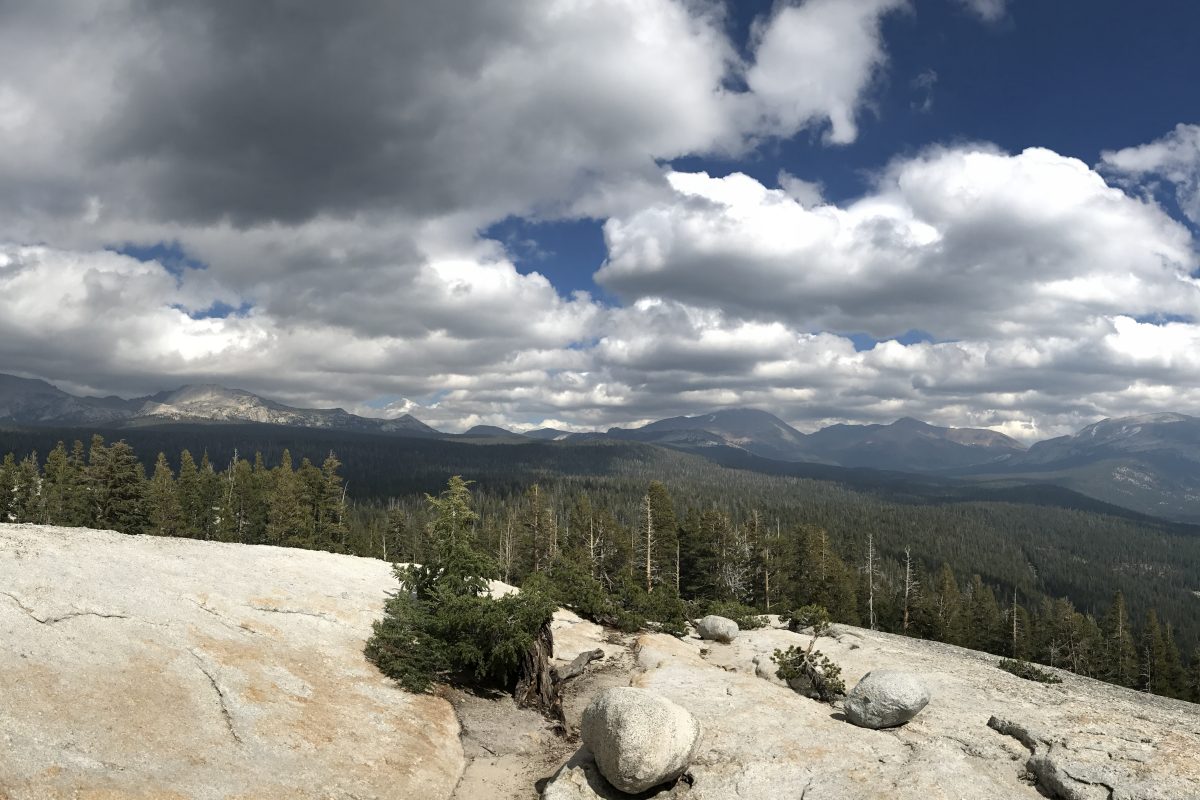
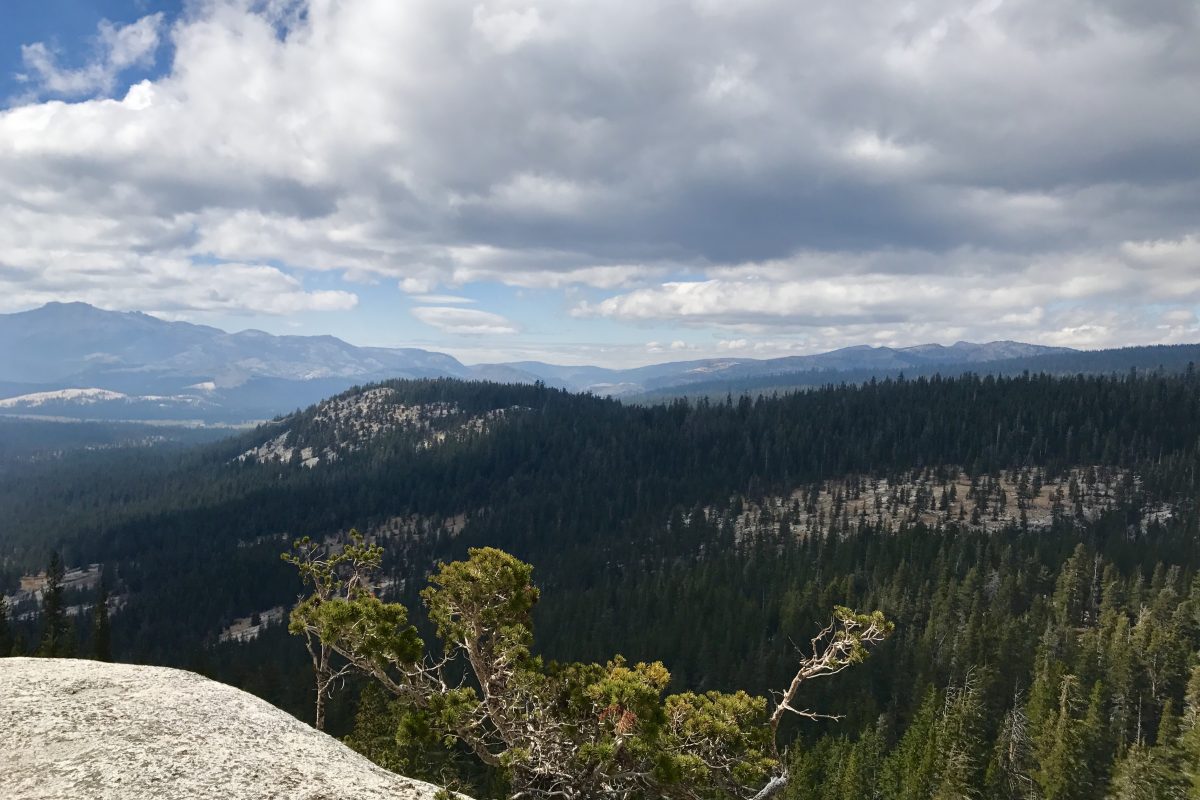
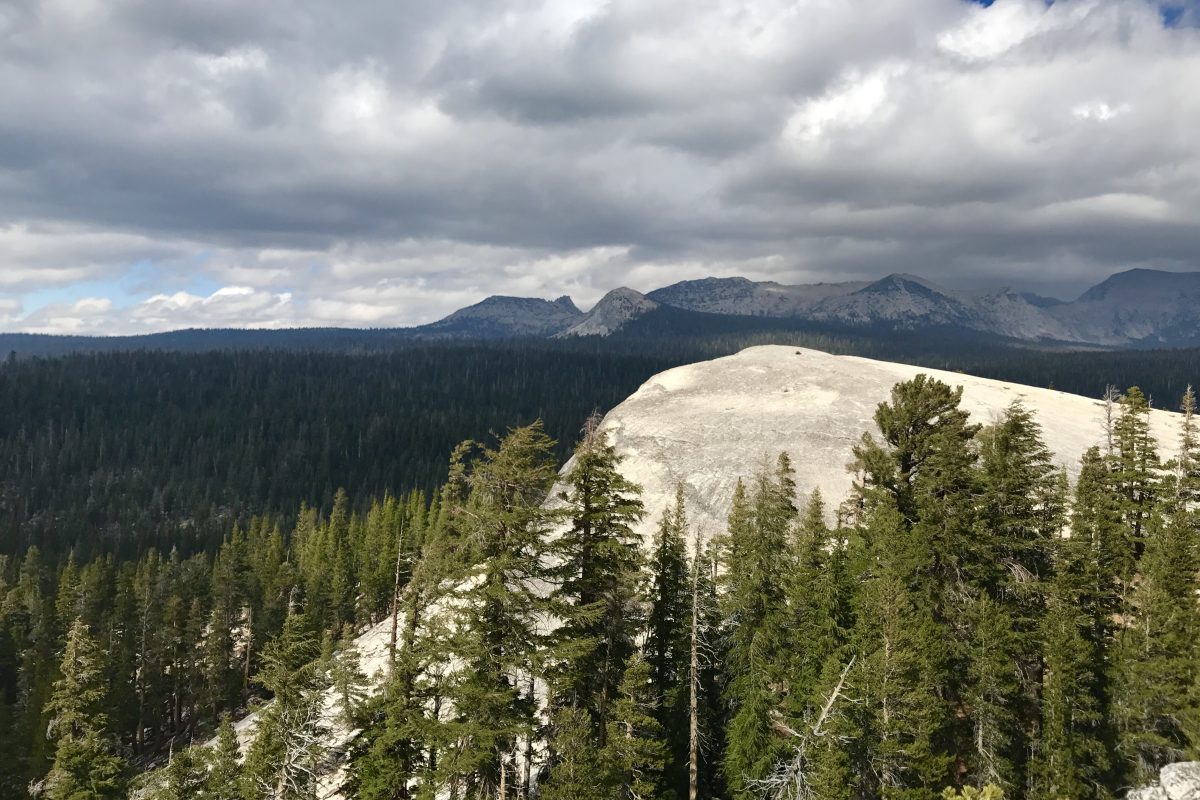
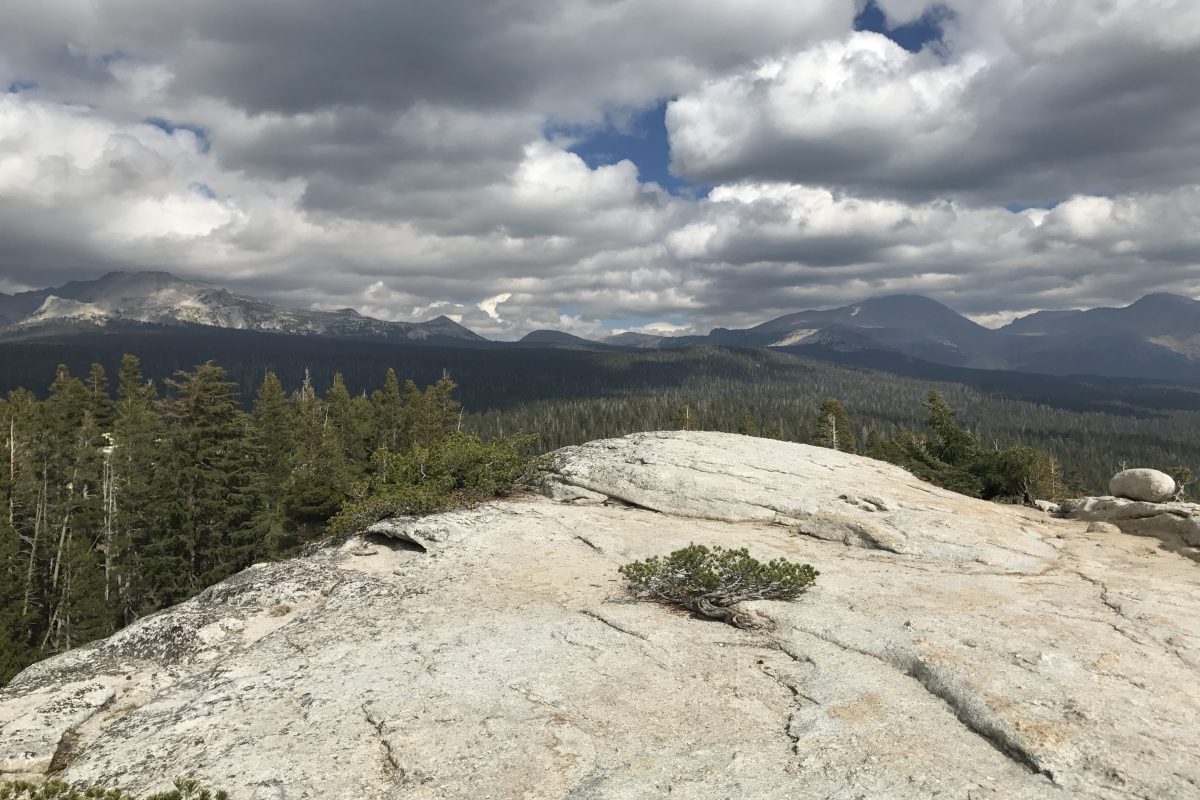



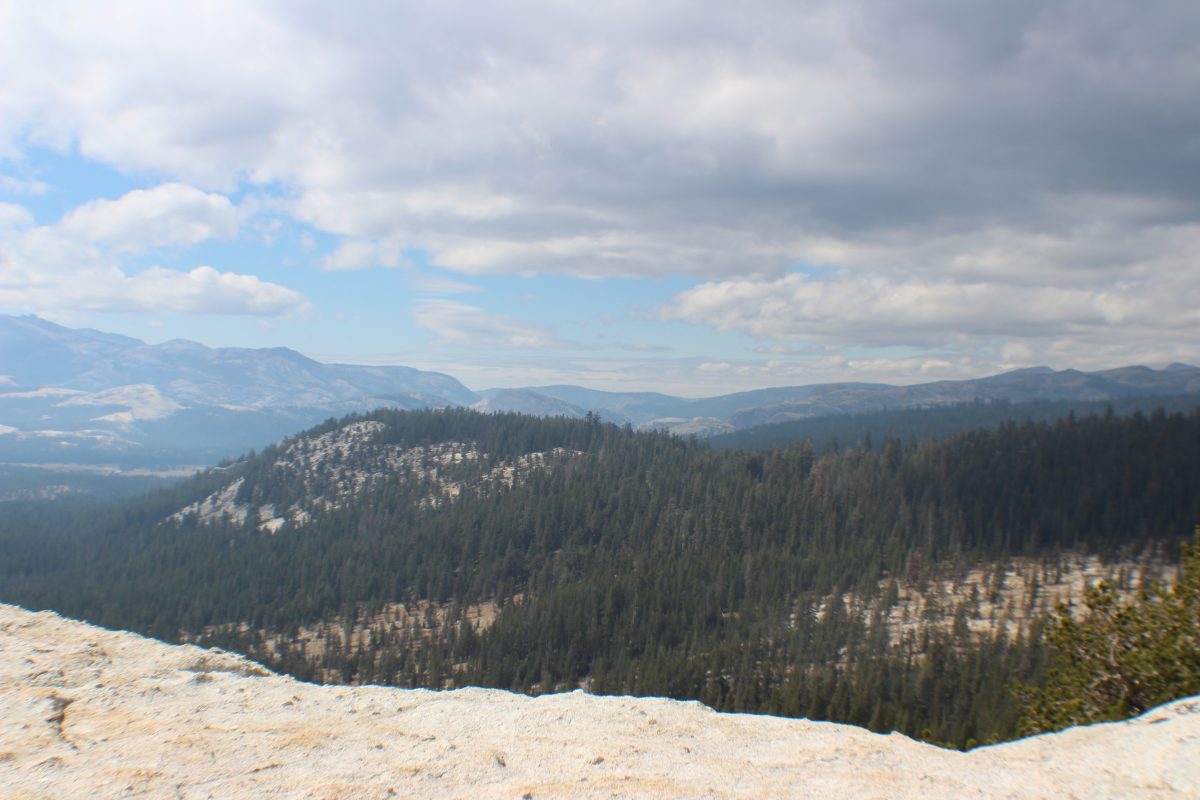
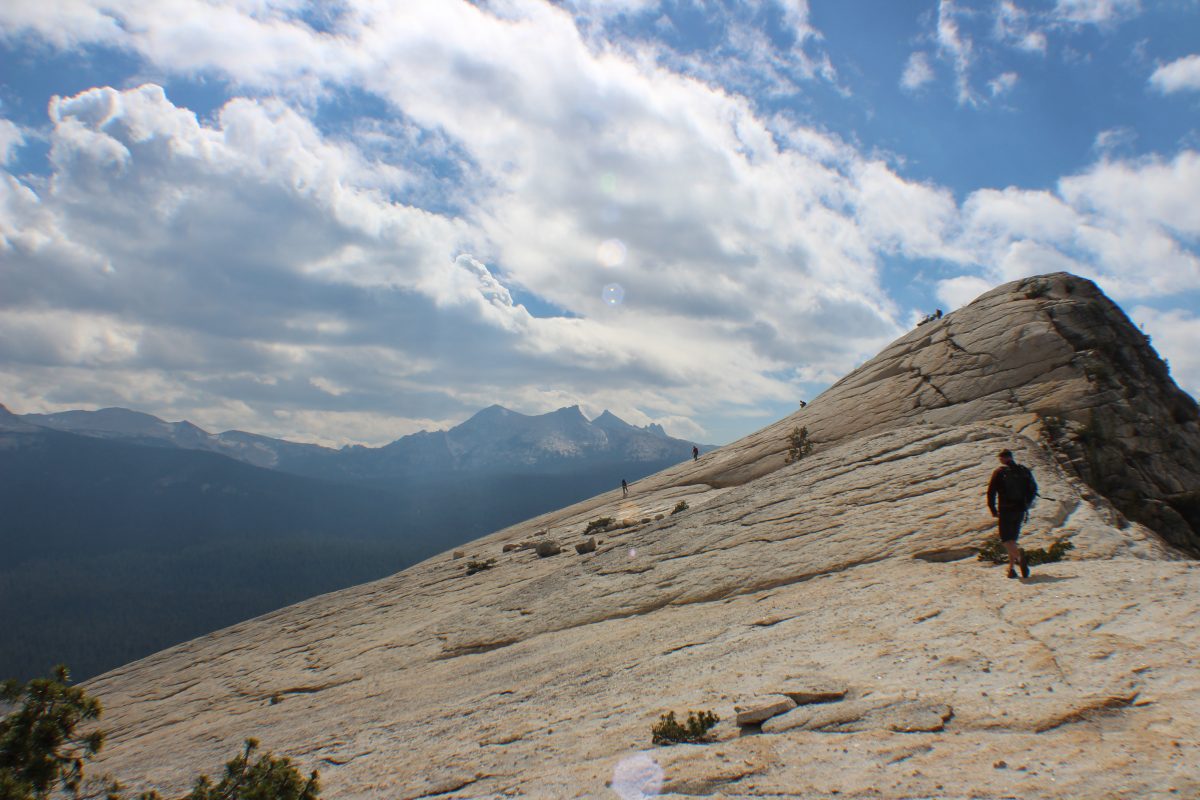
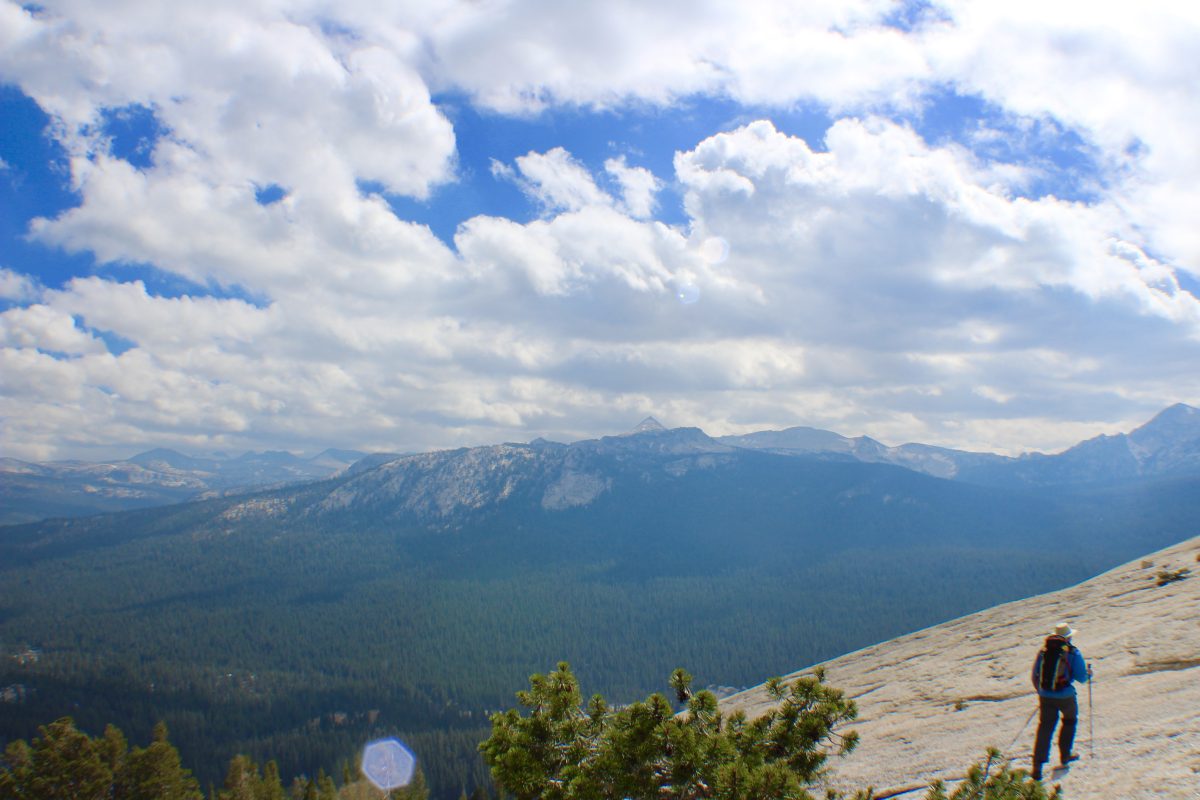

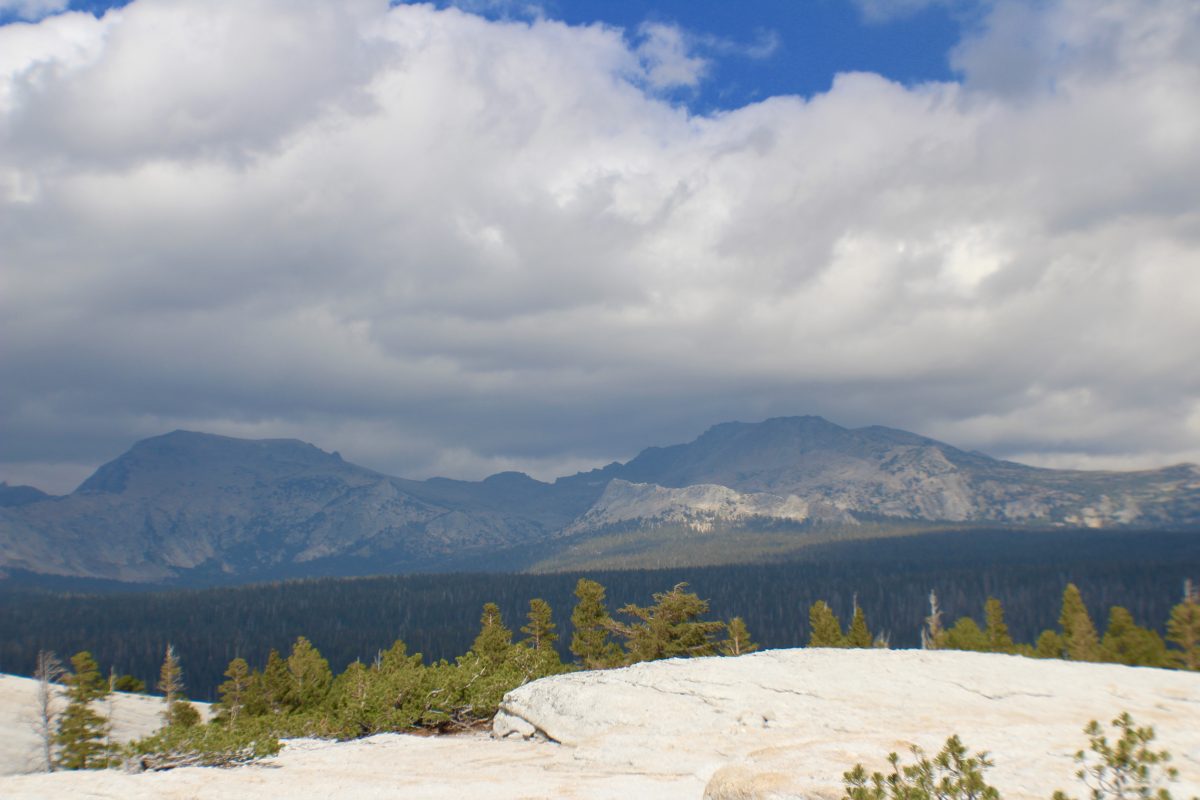


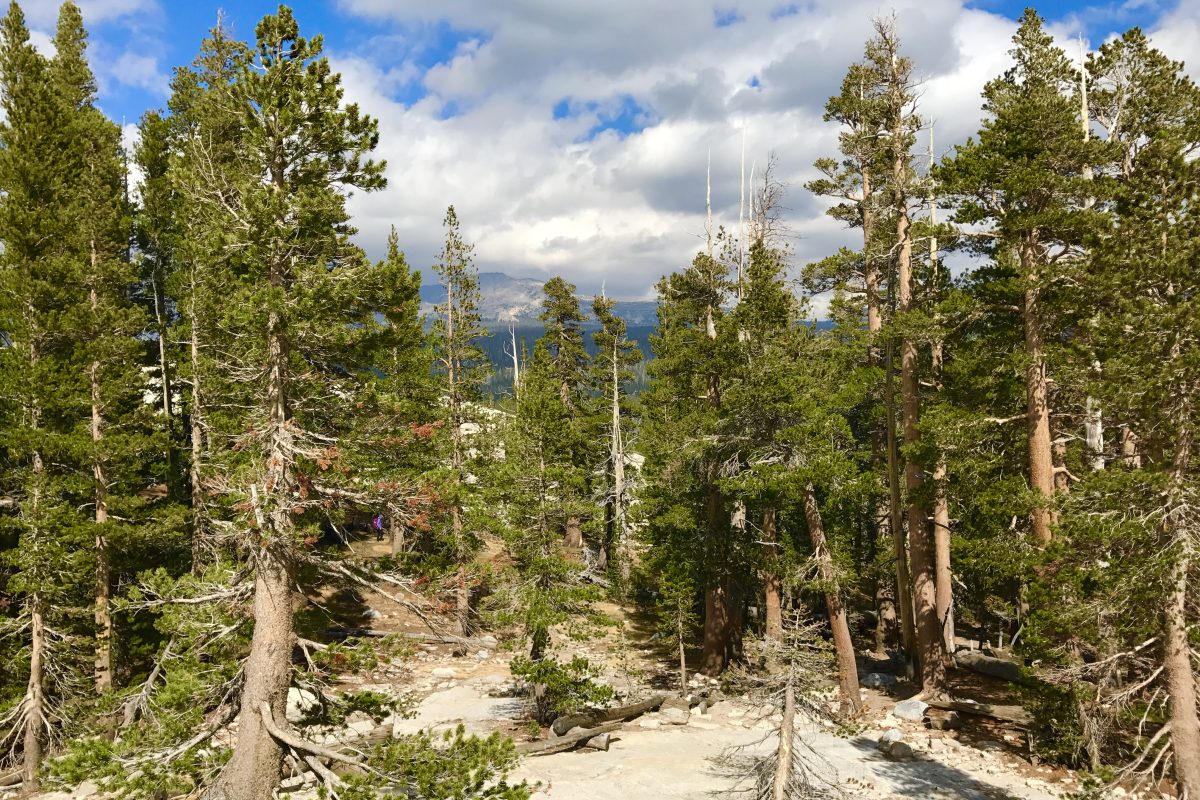
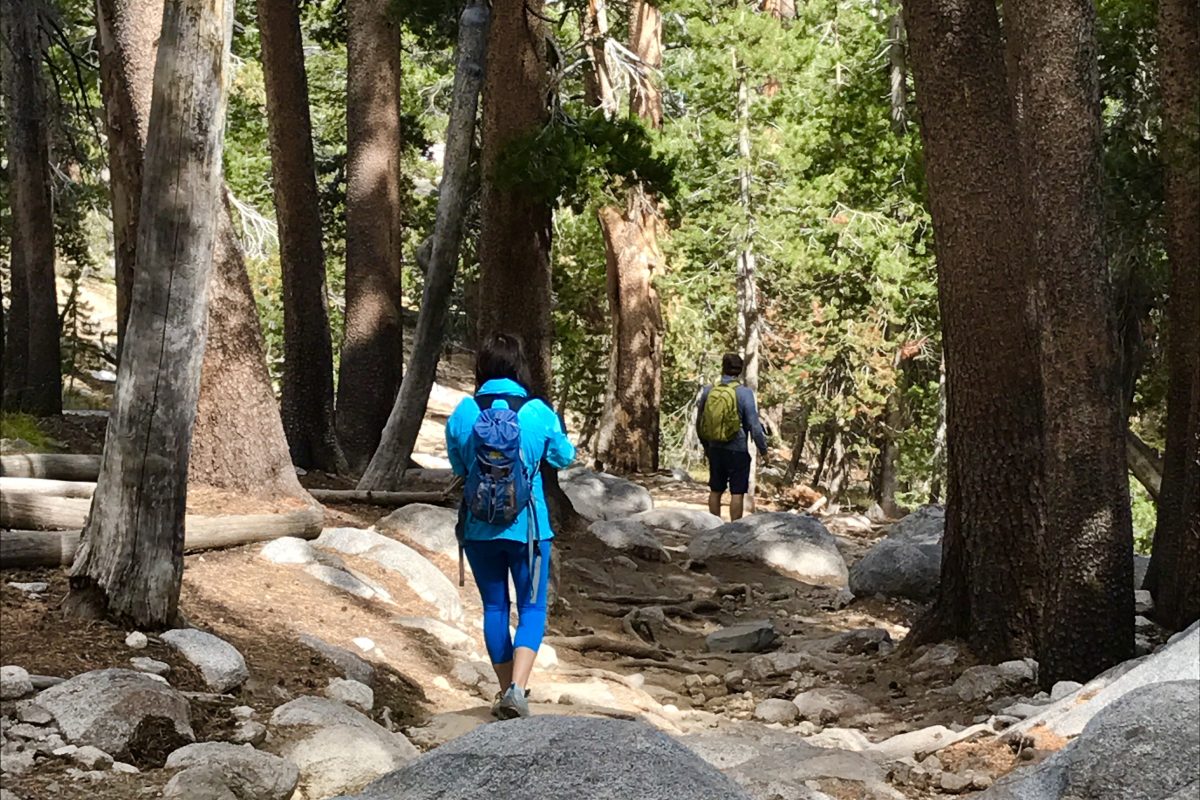
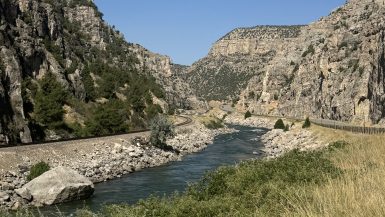


Leave a reply
You must be logged in to post a comment.